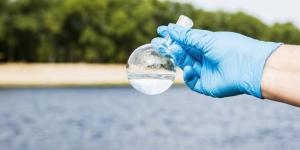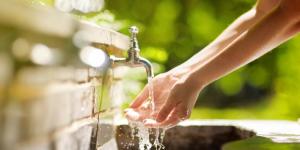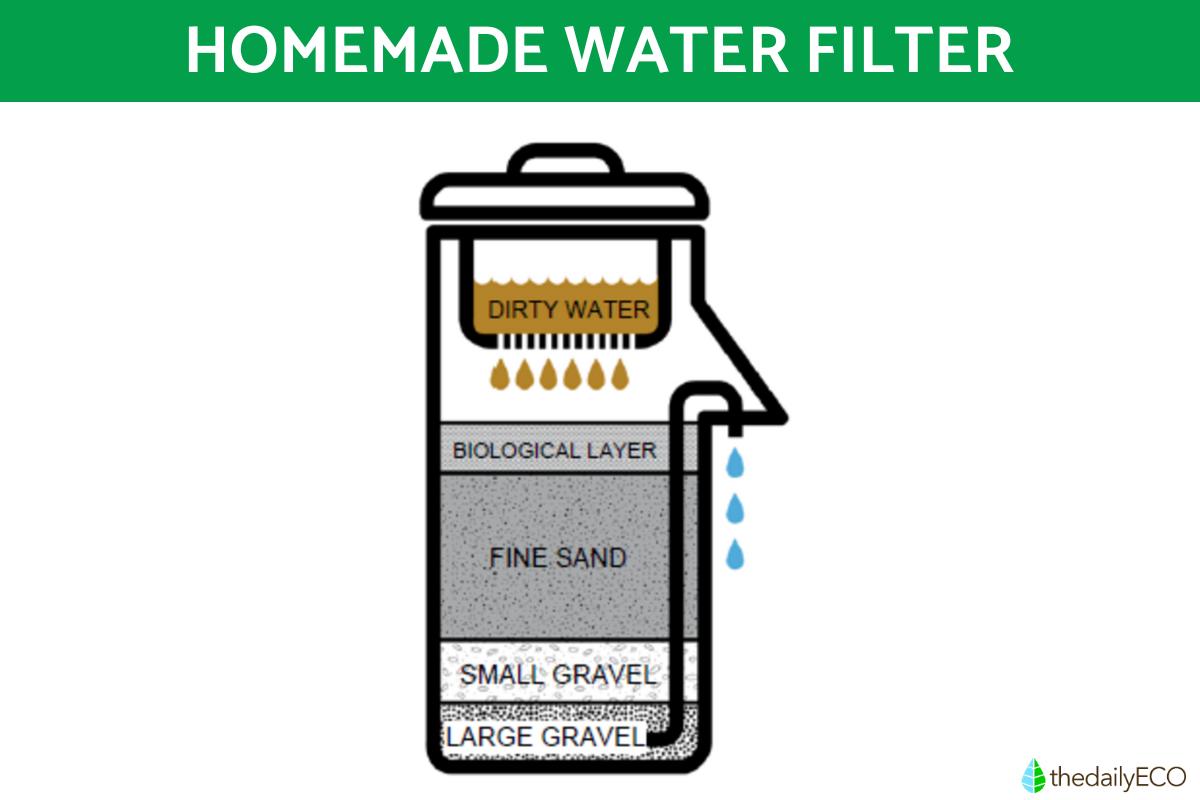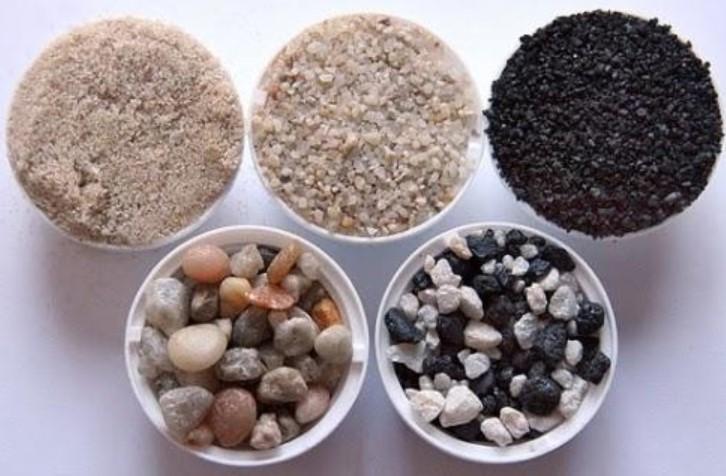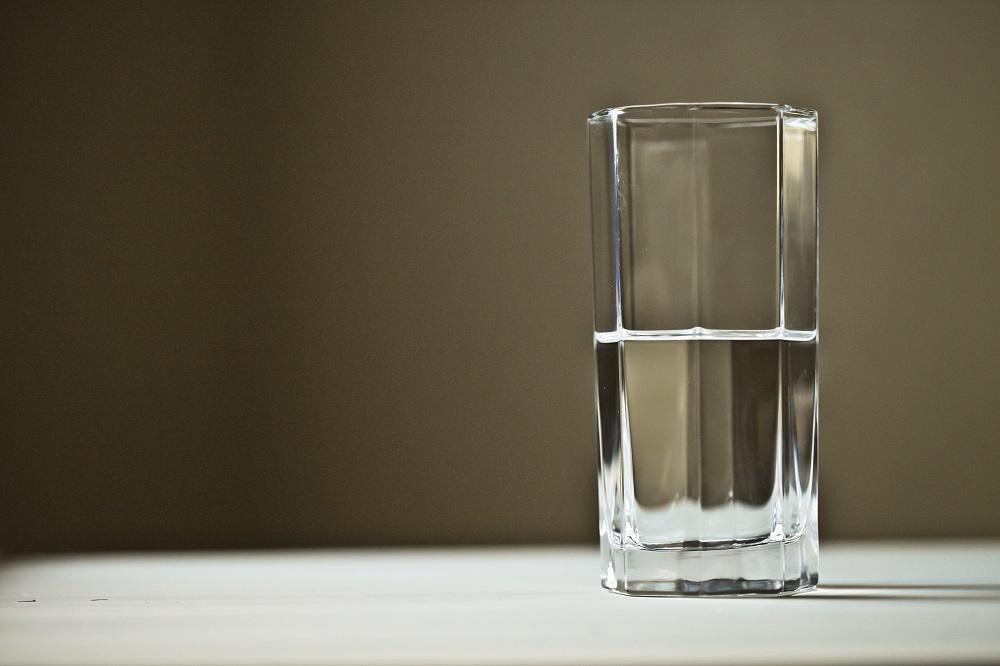How to Make a Homemade Water Filter for Drinking Water


While access to clean water has improved on a global scale, there are still many in the world who do not have easy access to potable water. For this reason, using filtration systems at home can help to purify water and make it safe for drinking. Even those of us who have clean drinking water, the water which enters our homes many contain certain molecules and impurities which we want to filter out. The water filtration industry has boomed in the past few years, whether with permanent filtration systems to reusable filter devices. However, they can be expensive, leading to many to look for a DIY water filter.
At thedailyECO, we find out how to make a homemade water filter for drinking water. This is an easy method to make a water filtration device at home, but which results in clean water to drink.
Why make a homemade water filter?
Nature filters its own water, passing rainwater through various materials such as sand and gravel to remove impurities. It uses the mechanical action of these materials to eliminate them, as well as processes such as adsorption. Other biological process help to clean the water, such as microorganisms in soil which and other organic matter which help break down pollutants.
Home filtration devices use various methods to filter water for drinking. These often include materials such as activated carbon which filter out impurities and even pathogens which can put our health at risk. Other types can use sediment or membranes to filter the water, with some even doing so with UV light.
Making your own DIY water filter at home to filter drinking water uses a similar action to natural filtration. Doing so means you can remove impurities and pathogens. However, you will need to ensure the filter is effective by using a water testing kit after the first filtration. This will tell you if the water is safe to drink.
Discover more about how fresh water becomes potable with our related article.
Materials for a homemade water filter
You don't need many materials to make a DIY water filter for drinking water. You will need to ensure the materials you use are clean so that you don't add more impurities than your remove. To make your homemade water filter, you should source the following:
- Large plastic container: bottle type, approximately one meter high.
- Gravel: 20 cm layer at the base for initial filtration of large debris.
- Medium and small stones (pebble type): 10-15 cm layer above gravel for additional debris filtering.
- Fine sand: 30 cm layer to filter smaller particles.
- Activated carbon: 20 cm layer for removing chemical impurities and odors.
- Natural cotton: 5-10 cm layer at the top to prevent fine sediment from reaching the filtration layers.

Method for making homemade water filter
Once you have all of your materials ready, you will need to know how to assemble your DIY water filter system. Before you start, you will need to make the following preparations:
- Clean all materials: begin by thoroughly cleaning the plastic container, gravel, stones, sand and activated carbon. Use antibacterial soap and water to clean the plastic bottle, but ensure you rinse all soap completely after doing so. Only use clean water when cleaning the gravel, stones and sand. Soap may leave residue that could contaminate the filter. The materials must be as free of dirt and debris as possible to avoid adding more impurities.
- Prepare the container: choose a large plastic bottle, preferably around one meter in height. This container will serve as the housing for the layers of material which constitute the filtration system. Ensure it has a sealed top and bottom with two stopcocks. One is for filling the container from the top and the other is for dispensing the filtered water. If possible, the bottom stopcock should be positioned slightly above the base to avoid stagnant water.
If you want to be even more self-sufficient, you might want to make your own homemade worm castings with our related guide.
Layering the materials for homemade water filter
The proper layering of materials is crucial for the filtration process. Starting from the bottom of the container, add the following materials in this order:
- Gravel layer (20 cm): Gravel is the first layer at the bottom, and it helps filter larger debris and prevents finer materials from clogging the system.
- Medium and small stones (10–15 cm): Above the gravel, place a layer of medium and small stones. This layer will further trap large impurities and support the filtration process.
- Fine sand (30 cm): Next, a thicker layer of fine sand is placed. Sand helps to catch smaller particles and is vital for ensuring that smaller impurities are removed from the water.
- Activated carbon (20 cm): Activated carbon is responsible for absorbing organic contaminants, toxins, and unwanted odors. It plays a critical role in improving the water’s taste and removing harmful chemicals.
- Natural cotton (5–10 cm): Finally, place a thin layer of clean, natural cotton at the top of the filter. This cotton helps to catch any remaining fine particles before the water passes into the rest of the filter layers.
In addition to the DIY water filter itself, you may want to add a transparent monitoring tube. To do so, attach a clear, vertical tube of the same height as the filter next to the bottom stopcock. This tube will allow you to visually monitor how the filtration system is functioning. If the water level inside the tube is the same as the water in the filter, it may indicate that the filter is not functioning properly. If the water level is slightly lower, the filtration system is working well. A significantly lower level in the tube would indicate that the system is clogged.
You can learn about how sedimentation affects water in more detail with our related guide.
As we stated above, you will need to buy a drinking water testing kit. They will be used to check factors such as the pH and the presence of nitrates and other molecules. These can be purchased from various sources. They can be bought from home stores such as Home Depot, but they can also be easily found online. Use the link below to purchase one:

Homemade water filter operation and maintenance
The operation of a home water purifier is based on the entry of impure water through the upper part, which passes through the various layers of the system. When it exits at the bottom, it should be free of impurities and can be used as drinking water. With this filter, it is possible to greatly clean the impurities from the incoming water. If it is manufactured for use by an entire family, it should also have another container to store this impurity-free water.
As for filter maintenance, this should be carried out approximately every 6 months, although you may need to do it more frequently depending on how much it is used. It is advisable to disassemble the filter to clean the sand, stones and gravel again. The activated carbon should be replaced completely since it loses its filtering properties over time.
The necessary size of our filter can vary according to our needs. If it is for ourselves, it should be smaller. If we are using it for multiple people, such as a large family, the receptable should be larger or we can even use multiple filters. You may want to compliment its used with a rainwater collection system.
Discover the types of water resources with our related article. We also share a homemade water filter video below to help guide you through the process:

If you want to read similar articles to How to Make a Homemade Water Filter for Drinking Water, we recommend you visit our Using recycled materials category.



